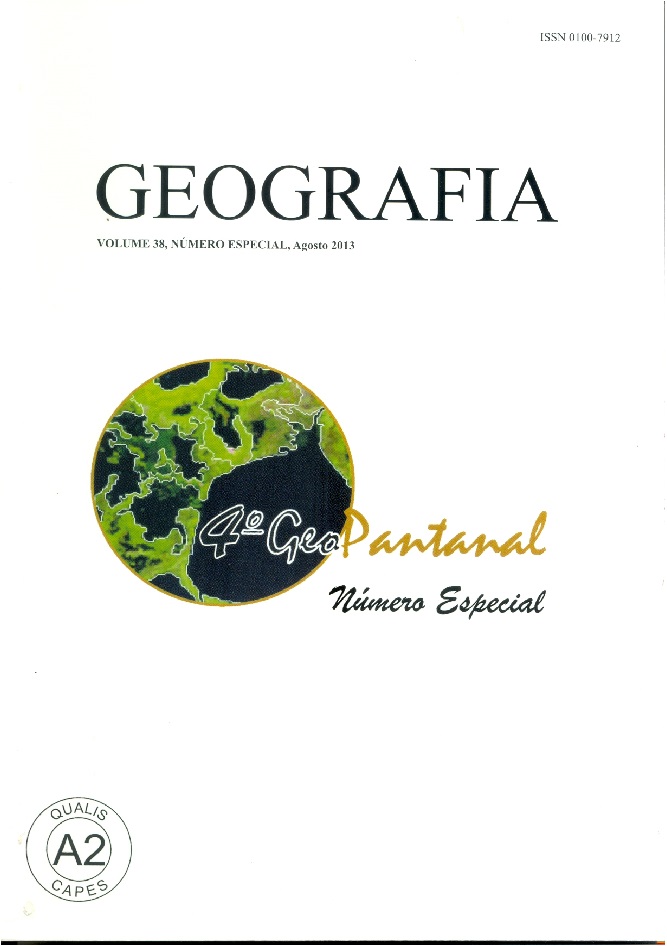SURVEYING THE TOPOGRAPHIC HEIGHT FROM SRTM DATA FOR CANOPY MAPPING IN THE BRAZILIAN PANTANAL
Resumo
An algorithm was developed in Geographical Information Systems (GIS) for the extraction of topographic height from the Digital Elevation Models (DEM) of the Shuttle Radar Topography Mission (SRTM), C and X bands, applied to mapping vegetation canopy in the Pantanal Floodlands. According to previous studies, these bands are sensitive to surface vegetation and thus elevation values increase in relation to terrain proportional to the height of the canopy, known as canopy effect. The proposed algorithm identifies minimum elevations within a search radius, which are likely to represent bare earth values, to generate a reference surface. The topographic height results from the subtraction between the elevations of this surface and of the original DEM. It is expected that, in this region, the height values be related to the vegetation height. Whenever possible, the algorithm results were observed together with optical images and vegetation maps of RADAMBRASIL project, for the establishment of height slicing levels as related to vegetal groups. The visual examination and statistical analysis have provided three levels of slicing height, which would be related to herbaceous, shrub and tree (forest) vegetation communities. Although slicing levels could be related to general classes of vegetation canopy in this region, field data and, or, fine resolution optical data are required for more detailed mappings. Regardless of the classification approach, height estimates from SRTM DEM represent a subsidiary data for the remote characterization of the Pantanal Floodlands vegetation, which complements traditionally used optical dataDownloads
Publicado
Edição
Seção
Licença
Os autores mantém os direitos autorais e concedem à GEOGRAFIA o direito de primeira publicação, com os artigos simultaneamente licenciados sob a Licença Creative Commons BY 4.0, que permite o compartilhar e adaptar os artigos para qualquer fim, desde que sejam dados os créditos apropriados e as disposições dos direitos de imagem, de privacidade ou direitos morais. Outras atribuições legais podem ser acessadas em: https://creativecommons.org/licenses/by/4.0/legalcode.en.
Geografia, Rio Claro, SP, Brasil - eISSN 1983-8700 está licenciada sob a Licença Creative Commons BY 4.0





